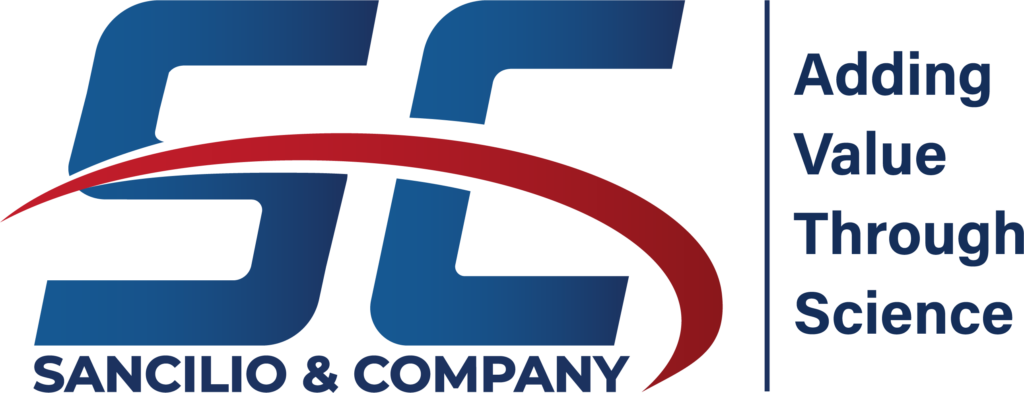So, what’s the difference between pills? (Part 1.)
What Government Regulations Control Drugs, Supplements, and Medical Foods in the United States

As you walk through pharmacies, the number of items that look like medicine is daunting. There are literally hundreds of tablets, capsules, liquids, topicals, and injectable products available to the public, but few people understand how these products are controlled for safety and effectiveness. This article will explore most, but not all of the range of products that face American consumers.
Medicines and products that look like medicine are primarily controlled by federal regulations by the U.S. Food and Drug Administration, also known as the FDA. They have been given authority over foods, drugs, and devices by the Food, Drug, and Cosmetic Act and subsequent additions to these regulations approved by the Congress of the United States. However, FDA also enforces these laws based on interpretations that are sometimes challenged by consumer groups and the industry. To enforce both the written laws and interpretations, the FDA employs thousands of inspectors who carry official badges and issue enforcement actions that can shut down companies, levy fines, or even imprison those who they feel are not following the rules. Over the past decades, technology has changed, and to keep up with this, the FDA created something called Good Manufacturing Practices, Good Clinical Practices, and Good Laboratory Practices. Current “Good X Practices or cGXP” are used by inspectors and investigators to pursue companies and their employees during periodic inspections of facilities or documentation regarding specific products.
So, one might ask, are all pills subject to these regulations? And the answer is yes, no, and maybe! Sounds confusing. Well, it is, and most of the industry spends billions of dollars trying to second guess how regulations will be enforced today, tomorrow, and in the future. Although the FDA is supposed to be free of politics, the Agency tends to reflect the personality of the political leadership in power at the time. Thus, sometimes, the FDA interprets their authority broadly and sometimes, it tends to narrowly address the same issue.
Let’s dive into some real examples and challenges facing the industry and its consumer base. In the simplest terms, products (that resemble medicines) are broken down into the following categories:
· FDA-approved innovative prescription products
· FDA-approved prescription generic products
· FDA regulated over the counter products
· FDA unapproved prescription products or DESI products
· Medical Foods
· Supplements, vitamins, and nutritional products
Each of the categories noted above are found on pharmacy shelves, and most people believe they are all controlled equally, but that is not the case at all. The next article will highlight the differences between these and the effort that goes into developing and producing each.
